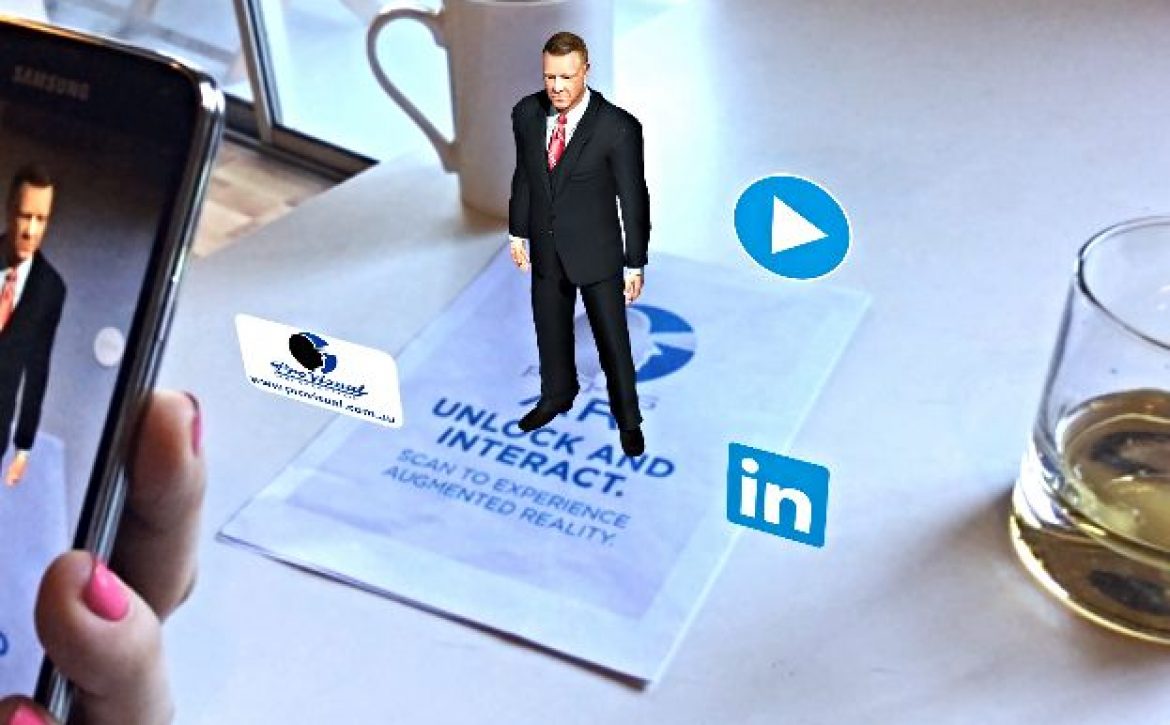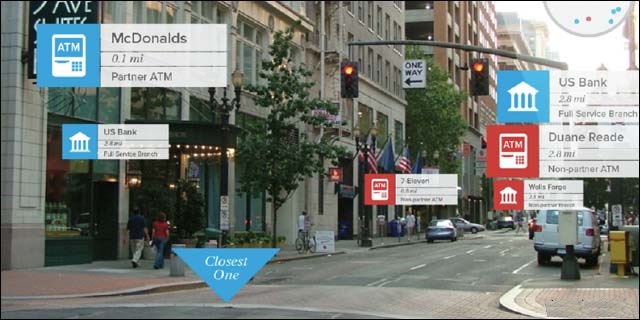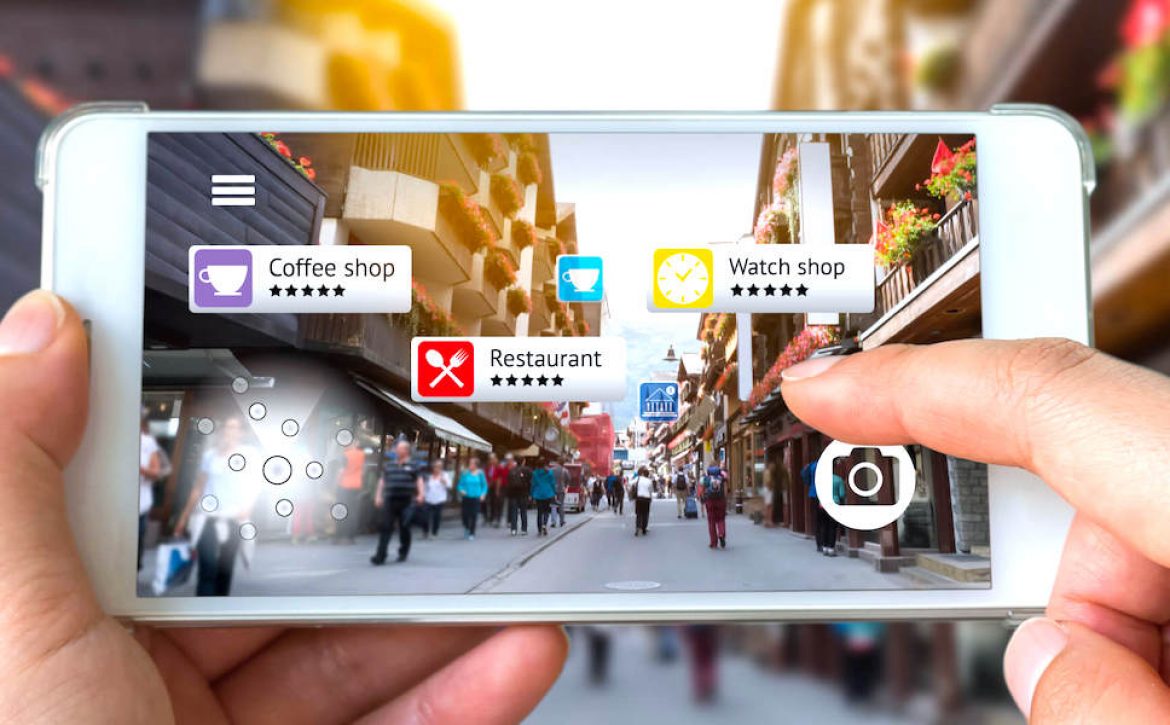4 Challenges Of Augmented Reality Companies
Augmented Reality – The Good, Bad and Ugly
Remember Pokémon Go? Yes, the game in which we had to trace the Pokémon and capture them. Well, it turned out to be one of the biggest Augmented Reality success stories in recent times. It also presented ways in which AR can go mainstream without impacting the ease of use and overall used experience generated by such new age technology disruptions.
But to drive the business in better ways, Augmented Reality has to overcome all the challenges which it faces. So, it won’t be wrong to say that there are still miles to go for AR to be embraced at a broader level by end users. Let us check out these challenges which are still restricting AR to come into the mainstream.
Challenges of Augmented Reality
1. Technical Challenges
When it comes to organizations who are looking to get a fully functional Augmented Reality solution, they will need a lot of components. Although the development process of AR applications is no different there are certain technical challenges like Unity 3D engine, content, hardware, awareness of the common public, and education.
On these fronts, we are still lacking by quite a distance. So, until and unless we are capable of tackling these technical shortcomings, AR cannot be properly visualized in an organizational scheme of things.
2. Devices used in AR
As mentioned earlier, AR apps are no different and can run in any of the tablet or smartphone. You can even call AR apps omnipresent. But what makes it lag are crucial hardware elements like cameras, screens, motion sensors, processors and lastly, high speed internet connectivity.
Now for a minute, let us assume that we have everything, but what about other hardware like Google Glass, HoloLens, AR headsets, and Meta, which are still far from the reach of common public to derive the delight and thrilling experience that Augmented Reality has the potential to provide?
3. Unavailability of Content for AR Apps
You have a smartphone, but you do not have any application to play- how will you feel? Yes, this is the same situation with Augmented Reality these days. We might get hardware like HoloLens and Google Glass soon but what about the content and AR applications that will provide the user with this unique experience? There is a huge demand for such interactive content and companies are still in the process of creating and generating such high engaging content on a regular basis.
So, in a nutshell, the AR ecosystem is growing gradually, but due to the lack of interactive content, people are not very motivated to adopt this new technology.
4. Lack of public awareness
This is more of a social challenge. Whenever a new technology is released it takes time to become widespread among its users. Same is the case with AR (Augmented Reality).
Common people are still not aware of the potential of AR and hence, they cannot even relate to it in their daily lives. Therefore, it would not be wrong to say that AR is still in its nascent phase. It will take time to be fully embraced by the public.
Thus, these are the 4 challenges which Augmented Reality companies are facing these days. The focus should be that these challenges are soon overcome by devising and implementing the right business tactics.








